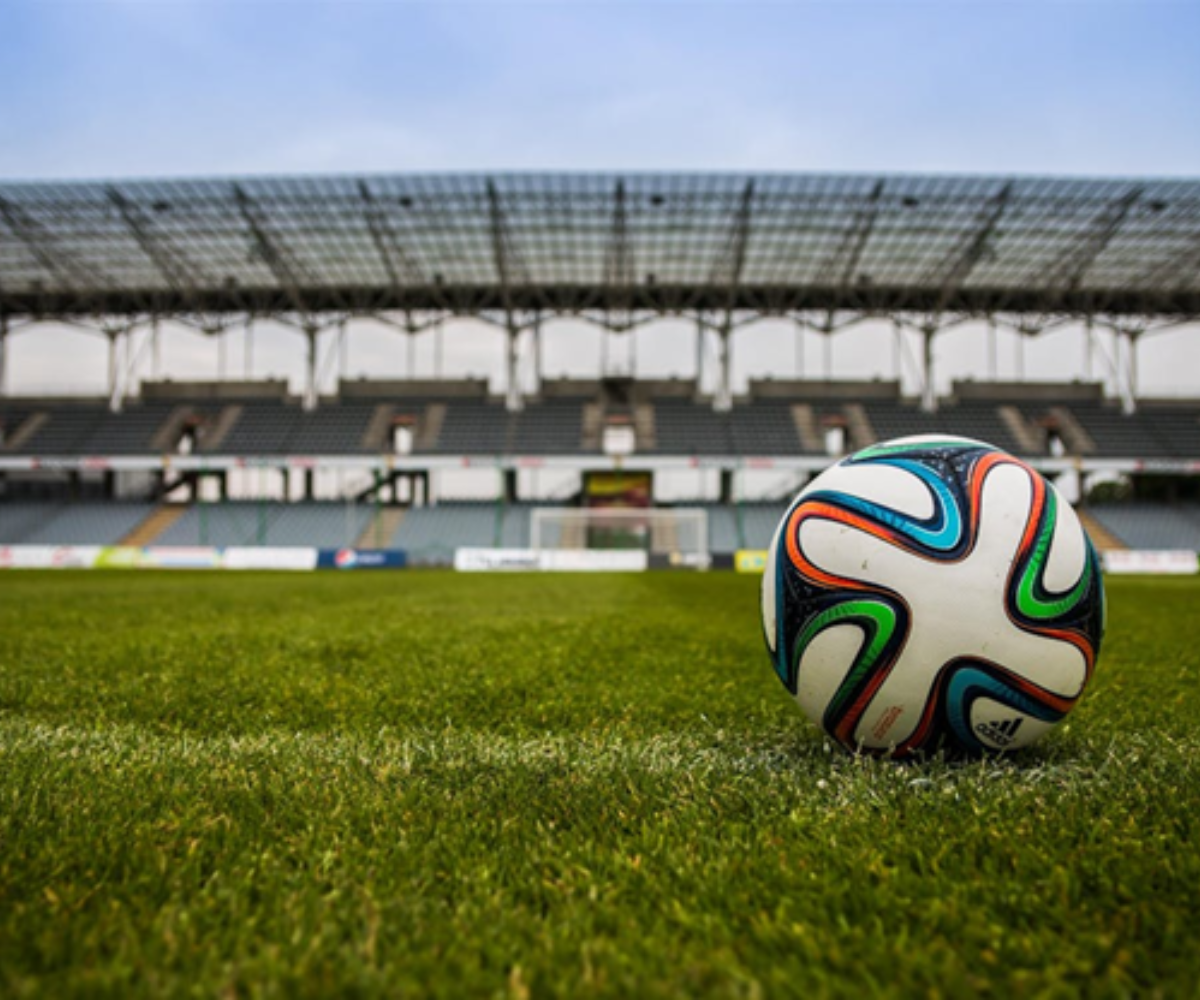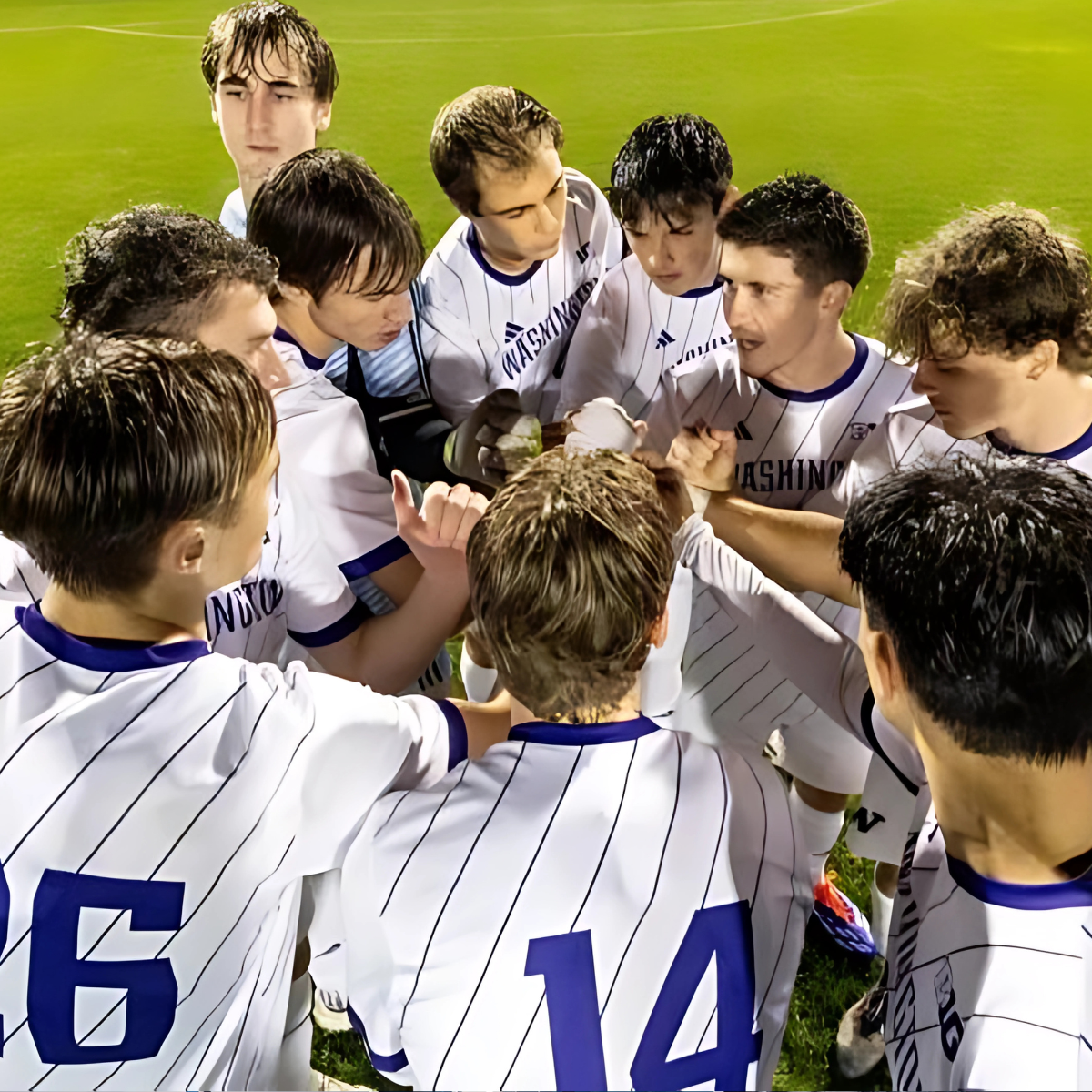In American football, the terms "offense" and "defense" refer to two distinct teams with different roles and objectives during a game.
Understanding the differences between these two components is essential for grasping the overall dynamics of the sport. Here’s a comprehensive look at the roles, goals, and strategies of both the offense and defense in football.
1. Definitions
- Offense: The offensive team is the group that has possession of the ball and is attempting to advance it down the field to score points. Their primary goal is to move the ball into the opponent's end zone for a touchdown or to kick a field goal.
- Defense: The defensive team, on the other hand, does not possess the ball. Their primary objective is to stop the offense from scoring by preventing them from advancing the ball, forcing turnovers, and regaining possession.
2. Team Composition
A typical NFL team consists of 53 players, divided into three main units: offense, defense, and special teams.
- Offensive Positions: Key positions on the offense include:
- Quarterback: The leader of the offense who throws passes or hands off the ball.
- Running Back: A player who runs with the ball, either carrying it or receiving passes.
- Wide Receiver: Players who catch passes from the quarterback.
- Tight End: A hybrid position that can act as both a receiver and a blocker.
- Offensive Linemen: Players responsible for blocking defenders and protecting the quarterback.
- Defensive Positions: Key positions on the defense include:
- Defensive Linemen: Players who line up on the line of scrimmage to stop the run and pressure the quarterback.
- Linebackers: Players who play behind the defensive line and are responsible for stopping the run and covering passes.
- Defensive Backs: Players who defend against passing plays, including cornerbacks and safeties.
RELATED: Does an Ace Always Mean You Have a Good Starting Hand in Poker?
3. Goals and Strategies
- Offensive Goals: The primary goal of the offense is to score points by advancing the ball down the field. They achieve this through a combination of running plays and passing plays. The offense aims to secure first downs (advancing the ball at least 10 yards within four attempts) to maintain possession and continue their drive toward the end zone.
- Defensive Goals: The defense's main objective is to prevent the offense from scoring. They do this by tackling players with the ball, intercepting passes, forcing fumbles, or stopping the offense from gaining the necessary yards for a first down. Defensive strategies often involve anticipating the offense's plays and reacting accordingly.
4. Gameplay Dynamics
The interaction between offense and defense is a fundamental aspect of American football. Each team must adapt its strategies based on the strengths and weaknesses of the opposing side:
- Offensive Plays: The offense employs a variety of plays designed to exploit defensive weaknesses. This includes running plays, where the ball is handed off to a running back, and passing plays, where the quarterback throws the ball to a receiver.
- Defensive Plays: The defense responds with formations and tactics aimed at countering the offense’s strategies. This can include blitzing (sending extra players to pressure the quarterback), zone coverage (defending specific areas of the field), or man-to-man coverage (defending specific players).
RELATED: What is a Field Goal, and When is it Attempted?
5. Teamwork and Coordination
Both offense and defense require teamwork and coordination, but they operate differently:
- Offensive Coordination: Offensive players work together to execute plays, with each player having a specific role. The quarterback calls the plays and directs the offense, while other players must execute their assignments effectively to advance the ball.
- Defensive Coordination: Defensive players must react to the offense's movements and adapt quickly. While they have set plays, much of their success relies on individual skills and instincts to stop the ball carrier or defend against passes.
In summary, the differences between offense and defense in football are fundamental to the game's structure and strategy. The offense aims to score points by advancing the ball, while the defense focuses on preventing scoring and regaining possession. Understanding these roles enhances the appreciation of the game and the intricate strategies involved in each play. Whether it's a routine kick or a game-winning attempt, field goals are an integral part of the excitement and strategy of American football.







%20(1200%20%C3%97%20232%20px)%20(9).png)





.png)



.png)

